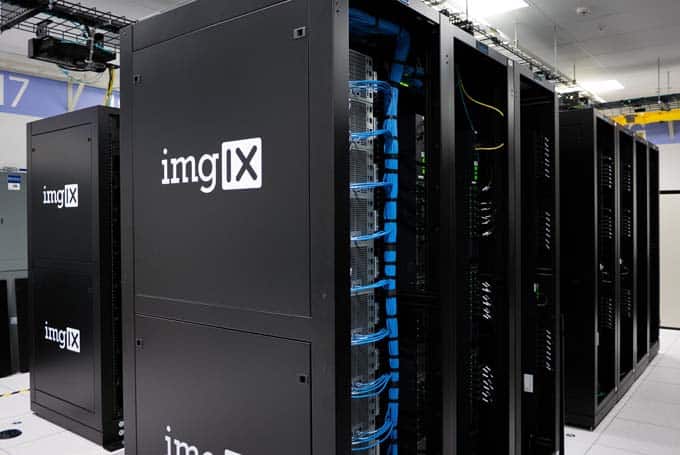Data centers: Global market will grow
According to the analysts at Turner & Townsend, 95 % of data center operators expect demand for data center services to increase. 2022 is expected to be a better year for them than 2021. 70 % believe that the data center market is virtually recession-proof. According to the latest ""Data Center Cost Index"" from analyst firm Turner & Townsend, opinions are [...]

Adaptation to climate regulations
According to the analysts, one of the biggest challenges for the industry is to adapt the current IT infrastructure and existing data center facilities to the new climate regulations. Despite high environmental awareness, only 40% of the industry believe their data centers will be CO2 free (net zero) in the next 5 years. Moreover, according to the index, opinions are divided on whether operators even know how to effectively reduce CO2 emissions. Due to the climate crisis, there is increasing pressure to reduce data center energy consumption. In response, some operators are trying to prepare for a bottom-up green transformation of the sector. Analysts cite the Climate Neutral Pact for Data Centers initiative as an example. Participants include Microsoft, Google and SAP, among others. About another example of how data centers can contribute to the reduction of CO2. recently reported here.Popular markets struggle with first problems
The construction of new facilities itself will also be a challenge. In the most desirable locations such as Tokyo, Zurich or the FLAP-D market (Frankfurt, London, Amsterdam, Paris, Dublin), demand for real estate exceeds supply. In addition, energy supply is becoming scarce. Back in 2019, a report from the Irish Academy of Engineering indicated that increasing demand for central services in Dublin would require an expansion of the energy infrastructure there. The cost at the time was estimated at $9 billion over eight years. In terms of capital costs, the capital of Japan is currently the most expensive, according to the Turner & Townsend Index. Statistically, data centers there have to spend $12.5 for every watt of electricity consumed. The second most expensive data center location is last year's top performer - Zurich. The average cost in this Swiss city is $12.0/watt. It is followed by Silicon Valley with an average cost of $10.3/watt. The authors of the index point out that rising costs influence the interest in investing in cheaper, developing markets. Poland, for example, emerges as an attractive location for data centers - especially in terms of price. "The Polish data center market is attractive to many foreign investors. In the discussions we are having, it is clear that we have a good location in the center of Europe, high-quality IT infrastructure, and relatively low real estate and energy costs compared to FLAP-D and Zurich," says Wojciech Stramski, CEO of Beyond.pl, an operator of data centers powered by 100 % green electricity.Supply chain bottlenecks and increased prices delay construction of new data centers
The situation in the construction market is an additional challenge for data center operators. 87% of the companies surveyed by Turner & Townsend said that material shortages are causing delays in data center construction. This is compounded by increases in the price of construction materials. In Europe, steel prices are said to have more than doubled in the past 12 months. For this reason, analysts point out that it is becoming increasingly popular to upgrade existing facilities and buildings instead of investing in completely new data centers. However, according to experts, this approach also has its disadvantages. After all, quite a few server rooms are located in older buildings that are not ideally designed in terms of maintenance of critical IT infrastructures and energy efficiency, because such issues were not a priority at the time of construction. A new building on a greenfield site then seems to be the more optimal solution. Source reference:- https://www.turnerandtownsend.com/en/perspectives/data-centre-cost-index-2021/
- https://www.computerweekly.com/feature/Dublin-in-distress-Power-supply-issues-threaten-growth-of-Europes-second-biggest-datacentre-hub
- https://www.computerweekly.com/news/252469328/Irelands-power-network-needs-9bn-investment-by-2027-to-sustain-datacentre-sector-claims-report
- www.beyond.pl/de
This article originally appeared on m-q.ch - https://www.m-q.ch/de/rechenzentren-globaler-markt-wird-wachsen/









